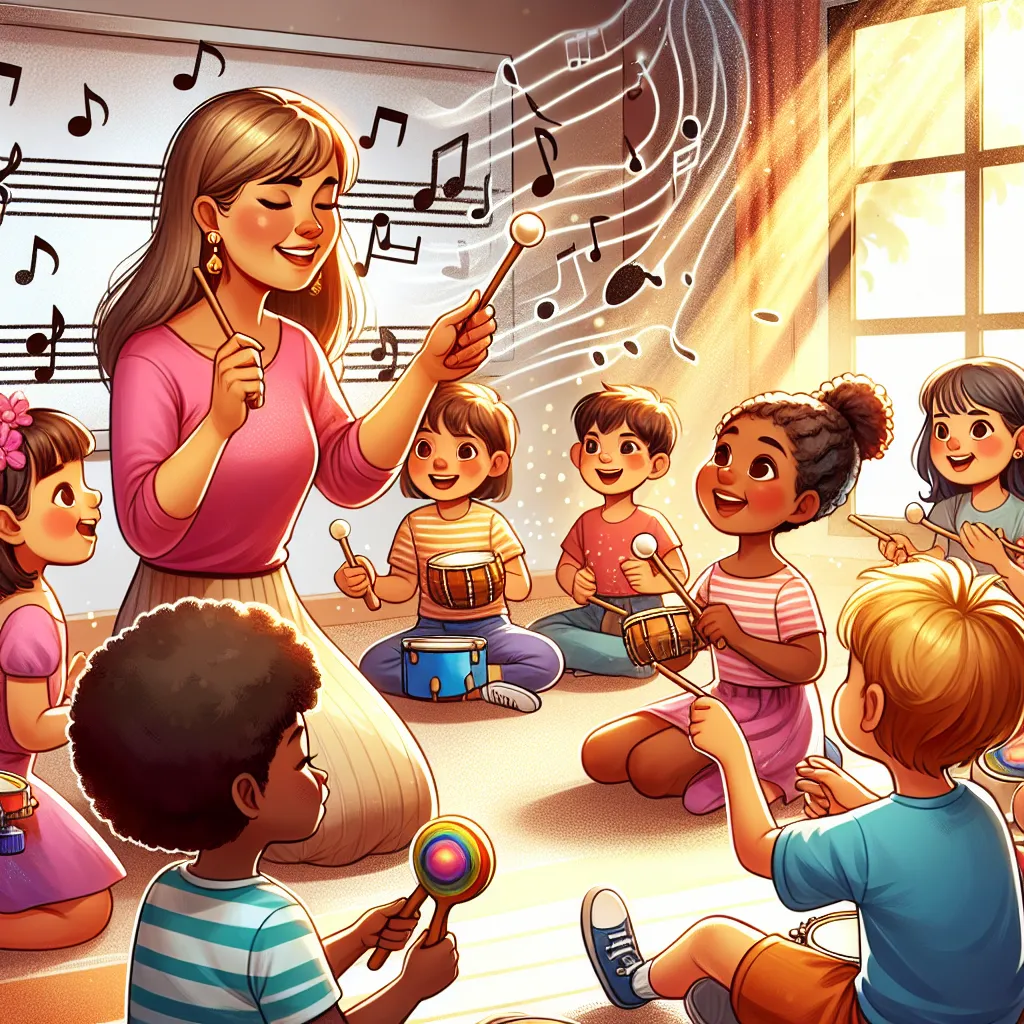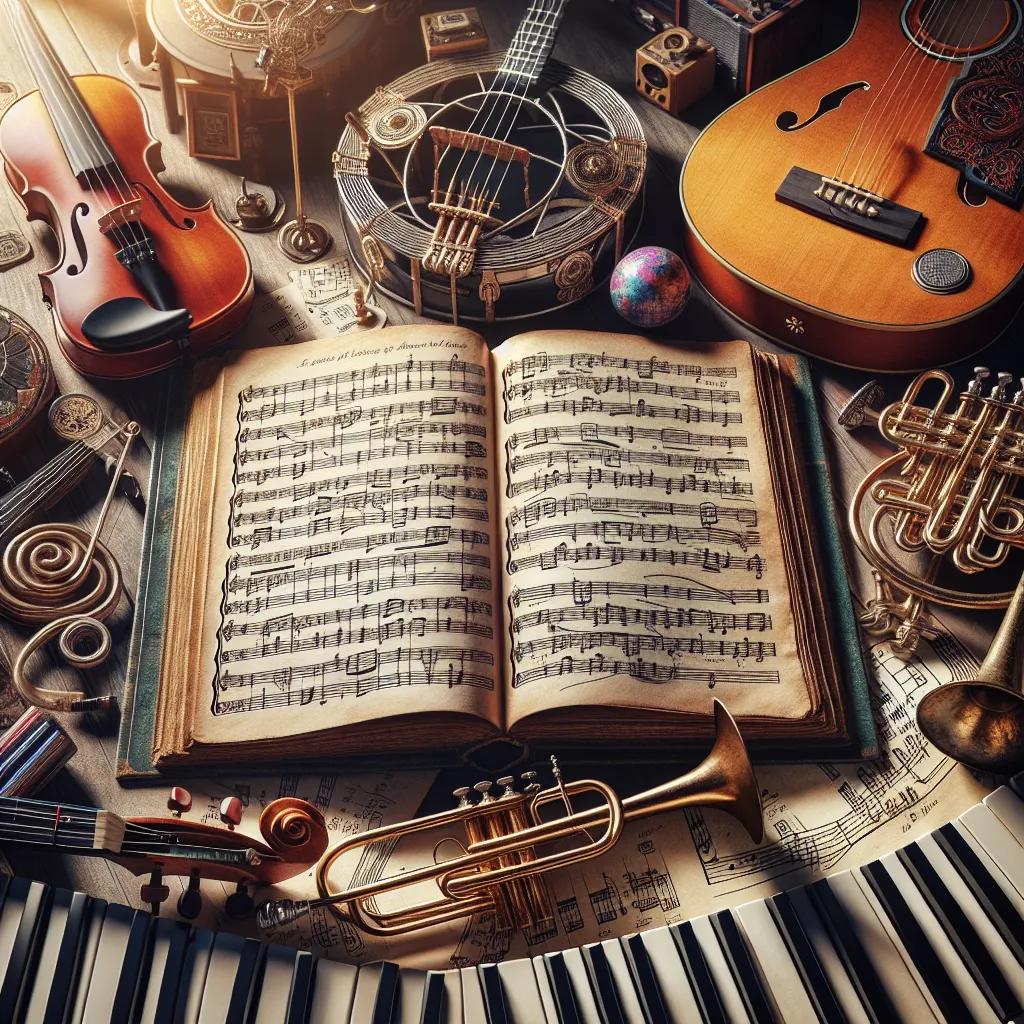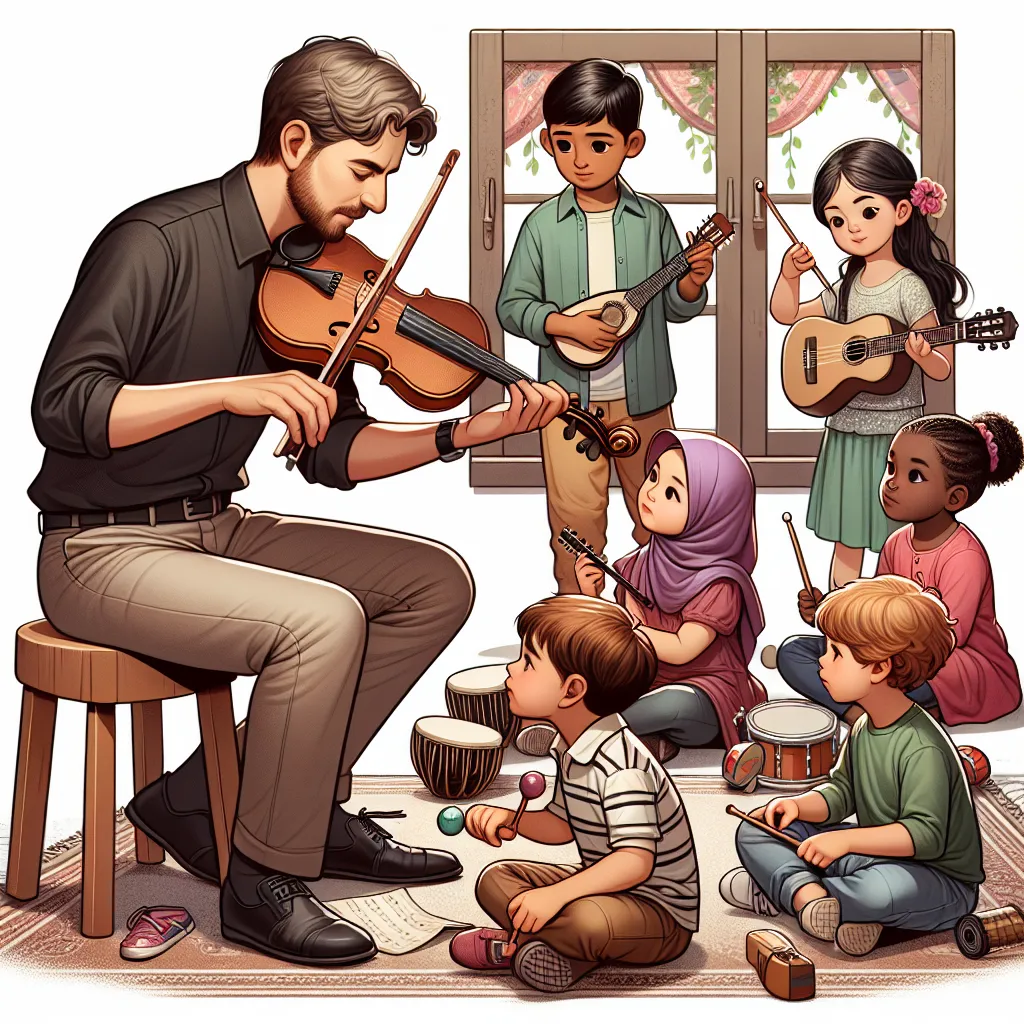Ask AI on The Internet
Question: QUESTION 5 [20] 5.1 Compose a sing and dance song for Grade R learners. Briefly describe the song and write down the instructions you would give learners before they sing and dance to the song. (8) 5.2 Develop a rubric that you can use to assess a drama lesson. (6) 5.3 Read the following statement and answer the question that follows. Music and dance are perfect ways to create a bond and share thoughts and emotions. In view of the statement, briefly discuss how music and dance can support the emotional development of young children. (6)
### 5.1 Sing and Dance Song for Grade R Learners #### Song Title: "The Animal Dance" #### Song Lyrics: (Verse 1) Let's go to the farm, and see what we see, A cow says moo, come and dance with me. (Moo, Moo, Moo as they dance like cows) (Chorus) Clap your hands and stomp your feet, Move around to the animal beat. Let's all twirl and take a chance, Come on kids, it's the animal dance! (Verse 2) Now we're in the jungle, and there's a lion near, He roars so loud, let's all cheer! (Roar, Roar, Roar as they dance like lions) (Chorus) Clap your hands and stomp your feet, Move around to the animal beat. Let's all twirl and take a chance, Come on kids, it's the animal dance! (Verse 3) Swim in the ocean with the fish we see, They splash and swim, just like you and me. (Swim, Swim, Swim as they dance like fish) (Chorus) Clap your hands and stomp your feet, Move around to the animal beat. Let's all twirl and take a chance, Come on kids, it's the animal dance! #### Instructions for Learners: 1. **Get Ready:** Find a spot where you can move freely. 2. **Listen:** When you hear each animal sound, listen for the instructions. 3. **Move and Imitate:** - For the cow, move slowly and make "moo" sounds while gently swaying side to side. - For the lion, pretend to have paws and roar, moving with big, bold steps. - For the fish, pretend to swim in place and move your arms like fins. 4. **Chorus Movements:** - Clap your hands on the first line. - Stomp your feet on the second line. - Twirl around on the third line. - Dance freely on the last line. 5. **Have Fun:** Smile and enjoy moving to the music together! ### 5.2 Rubric for Assessing a Drama Lesson | Criterion | 1 - Needs Improvement | 2 - Satisfactory | 3 - Good | 4 - Excellent | |---------------------|------------------------|------------------|---------|---------------| | **Participation** | Student rarely engages | Student engages occasionally | Student engages regularly | Student is fully engaged and enthusiastic | | **Expression** | Shows limited expression | Shows some expression | Expresses well | Expresses with great creativity and emotion | | **Collaboration** | Rarely works with others | Occasionally works with others | Often works well in groups | Consistently works well and supports peers | | **Understanding** | Shows little understanding of the drama concepts | Shows basic understanding | Demonstrates good understanding | Demonstrates excellent understanding and application | | **Use of Space** | Rarely uses the stage or acting area effectively | Sometimes uses space effectively | Often uses space effectively | Always uses space creatively and effectively | | **Voice and Diction** | Lacks clarity and projection | Somewhat clear but lacks projection | Usually clear and projects well | Always clear, well-projected, and expressive | ### 5.3 How Music and Dance Support Emotional Development in Young Children **1. Expression of Feelings:** - Music and dance provide a non-verbal outlet for children to express their feelings, whether they are happy, sad, excited, or angry. This helps them recognize and articulate their emotions. **2. Building Confidence:** - Performing in front of others, even in a classroom setting, can enhance self-esteem and confidence. When children see their peers and teachers appreciating their participation, it boosts their sense of accomplishment. **3. Social Interaction:** - Group activities in music and dance encourage interaction with peers. This helps children learn important social skills such as cooperation, turn-taking, and empathy as they collaborate on shared goals and understand others' emotions through movement and music. **4. Stress Relief:** - Engaging in music and dance can serve as a natural stress reliever. Children are able to release energy and tension, which can lead to better emotional balance and reduced anxiety. **5. Cognitive Development:** - Learning the rhythms, patterns, and melodies of music stimulates brain areas involved in emotional regulation. Dancing promotes physical coordination and body awareness that is closely linked to emotional resilience. **6. Cultural Awareness:** - Music and dance often involve cultural elements that teach children about diversity and inclusion. Understanding and respecting different cultural expressions through these activities can foster a more accepting and emotionally mature perspective. By integrating music and dance into their daily routines, educators can greatly enhance the emotional well-being and development of young children, helping them grow into emotionally intelligent individuals.
Think your answer is better than the AI's? Post it below.
Question Tags
If you want your question answered by an AI, click here.







Post your own comment: